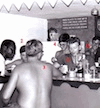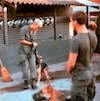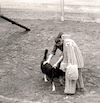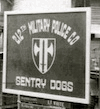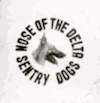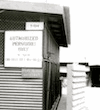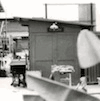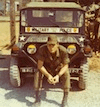Some of the U.S. Military units that operated out of the Vinh Long Army Airfield were, 214th Aviation Battalion consisting of 175th AMC "Outlaws," 199th AHC "Swamp Fox," 114th AHC "Knights of the Air," 150th CHFM Transportation Detachment, 28th RRA Signal Detachment, 83rd Medical Detachment, 62nd Aviation Company, 29th Detachment-11th Air Postal Squadron, 36th Engineer Battalion, 96th Signal Detachment, 544th Transportation, 611th Transportation, 292nd Financial Section, 7/1 Cavalry, Troop C and the 2nd Brigade of the 9th Infantry Division. The U.S. Navy also had elements situated on the Mekong River that supported River Patrol PBR, and other naval operations within the Mekong Delta Region. |






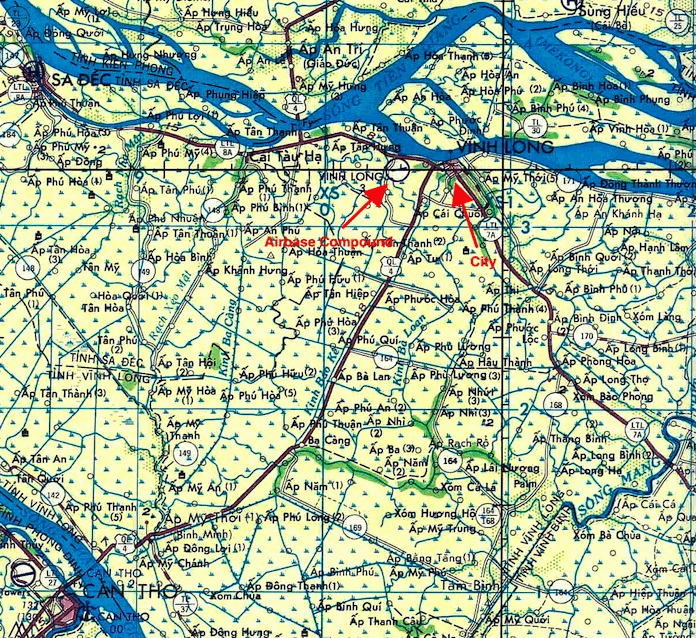
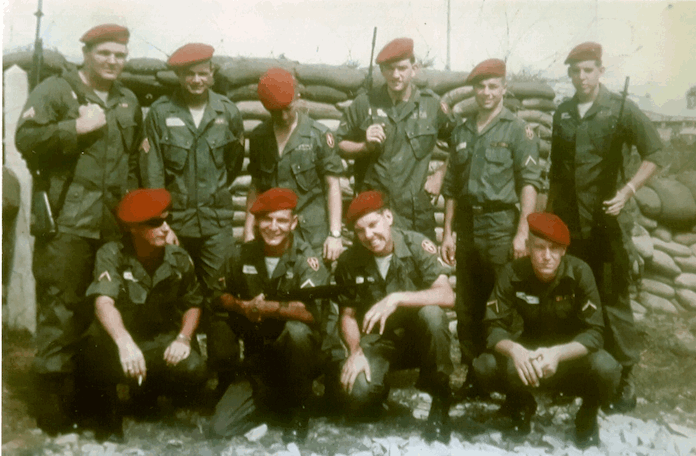
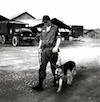


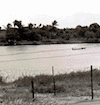
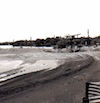




 SP/4 Terry
SP/4 Terry